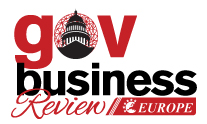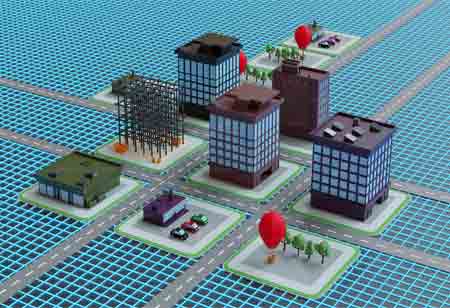Thank you for Subscribing to Gov Business Review Weekly Brief
Cybercrime Remains a Threat to Governments.
Cybercriminals are generally opportunistic, aiming networks with visible exposures and useful assets as low-hanging fruit.

By
Gov Business Review | Thursday, March 16, 2023
Stay ahead of the industry with exclusive feature stories on the top companies, expert insights and the latest news delivered straight to your inbox. Subscribe today.
As governments and organizations embrace new technologies and operation modes, negative cyber actors are probing and uncovering new avenues for exploitation.
FREMONT, CA: Cybercriminals are generally opportunistic, aiming networks with visible exposures and useful assets as low-hanging fruit. In the private industry, would-be attackers generally proceed to a simple target if they witness an organization with better security and cyber hygiene.
Still, as government entities keep data or other assets that malicious cyber players covet, they often utilize huge efforts to get these resources. Because of the sensitivity of the government's knowledge and the perseverance of most of those who focus on it, government entities do not enclose the luxury of utilizing mediocre cybersecurity without putting residents' data and probably critical services in inappropriate danger.
Based on a recent analysis by FortiGuard Labs on the increasing threat landscape, fraudsters are also turning more communal and refined. Nation-states, proxy actors working on their side, and criminal groups or syndicates can now be sources of APT(advanced persistent threat) movements. These threat actors try to influence government organizations' broken network perimeters, siloed networking and security groups, and aging legacy digital infrastructure, which was pushed to help the transition to remote work and large-scale technological moves like 5G communications and edge computing.
Government entities must include complete security powers to prevent any danger. Yet, they should concentrate on three important threat regions hostile actors are designed to use this year.
Check Out This: Network Infrastructure Magazine
Persistent Development of the Digital Attack Surface:
As firms embrace new technology and ways of operation, malicious cyber actors are exploring and revealing new routes for exploitation. As agencies proceed to grow their network infrastructure to help work-from-anywhere (WFA), remote learning, and modern cloud services, the remote environment enables hostile actors to recognize a flaw and get a foothold. Rather than just aiming at the organization's customary core network, threat actors leverage evolving edge and "anywhere" environments around the prolonged network, comprising assets that may be utilized across different clouds with irregular security policies and credentials.
Government entities should emphasize the instantaneous execution of zero-trust architectures and principles. Zero trust network access (ZTNA) is necessary for going beyond the outdated "moat and castle" paradigm of network defense or the comparatively simple measures of multifactor authentication and VPN connections that numerous government agencies utilized to protect their networks under the origin of remote labor. Zero Trust must be executed at a more refined level—by application—as access should not be reviewed and given "once and done" when a user registers. This enhances the organization's data safety and enables a "work from anywhere" working posture, where users, data, and devices may interface in growingly innovative and non-conventional ways.
Besides, software-defined networking is evolving more dominant. Secure software-determined wide-area networking (SD-WAN) is acquiring prominence because of its organizational tractability, cost savings, and improved user experience. Secure SD-WAN can present these benefits and cultured and dynamic capabilities for partitioning networks and data access to determine an intruder's lateral movement space and violations to a smaller network area.
More in News






